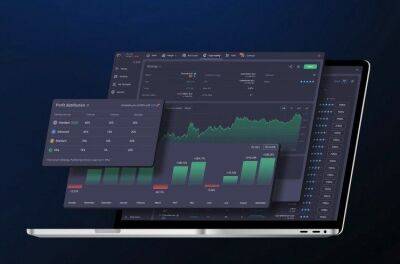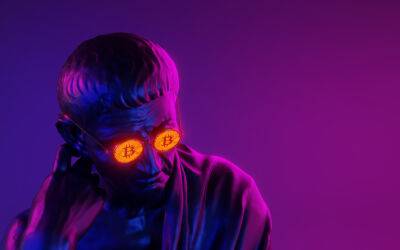Music NFTs are helping independent creators monetize and build a fanbase
The music industry is notoriously centralized, with major record labels often controlling nearly every facet of an artist’s career — from which songs they are allowed to release to what percentage of the royalties they keep and more.
While the rise of streaming platforms like SoundCloud and Spotify has helped democratize the industry and made it significantly easier to get one’s music in front of more ears, it’s still an uphill battle to build a dedicated fanbase and generate enough revenue to survive.
Enter music NFTs. For those in the blockchain space, nonfungible tokens represent an opportunity for fans to directly support their favorite artists, for musicians to build stronger communities with their listeners, and for content creators to build more substantial and sustainable income streams.
To better understand the topic, Cointelegraph’s new podcast The Agenda sat down with Adam Levy, host of Mint — a podcast exploring the Web3 creator economy — and Jay Kila, a crypto-native rapper based in Mumbai who founded OTP India — a digital-collectibles and fan-engagement platform for Indian hip hop artists.
Levy told The Agenda co-hosts Jonathan DeYoung and Ray Salmond that music NFTs generally fall under two categories. The first is ownership-based NFTs, which “are basically tied to IP [intellectual property] rights and royalties. So, when you buy the NFT, you now are entitled to the accrual of revenue that is produced from Web2 audio streaming platforms like Spotify, Apple Music, etc.”
The second is patronage-based NFTs, which do not grant holders any ownership rights but “are collected to support an artist.” According to Levy, “The upside of the NFT is sort of derived from appreciating secondary sales.”
Jay Kila told The
Read more on cointelegraph.com













